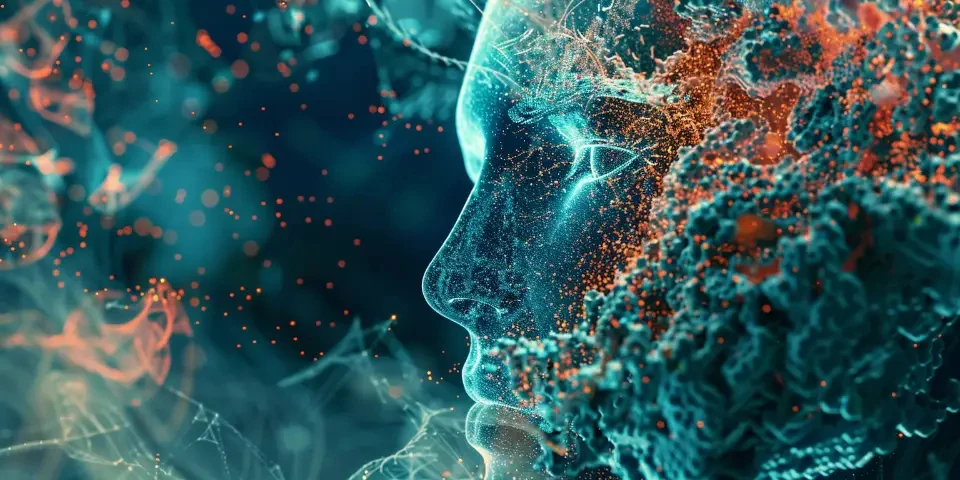The AI Revolution in Education Bridging the Gap with Intelligent Learning Systems
Education has always been a crucial part of human development, but with the rapid advancements in technology, the way we learn and teach is undergoing a revolutionary change. Artificial Intelligence (AI) has emerged as a powerful tool in bridging the gap between traditional education and the needs of the modern world. In this article, we will explore the various aspects of how AI is transforming education.
1. Personalized Learning
One of the key advantages of AI in education is its ability to personalize the learning experience for each student. Intelligent learning systems can analyze individual learning patterns, preferences, and strengths to deliver customized content and adapt teaching methods accordingly. This helps students grasp concepts more effectively, leading to improved academic performance.

Furthermore, AI-powered tutoring systems can provide immediate feedback and suggest tailored resources, enabling students to learn at their own pace and style.
2. Intelligent Content Creation
AI algorithms can generate educational content, such as quizzes, tests, and lesson plans, saving teachers valuable time in creating materials. These systems can also curate and recommend educational resources from a vast pool of online content, ensuring students have access to high-quality and relevant information.
3. Virtual Assistants
AI-powered virtual assistants, such as chatbots, can provide students with instant access to information and guidance on a 24/7 basis. These virtual assistants can answer common questions, assist with homework, and even engage in natural language conversations to enhance the learning experience. They act as digital mentors, supporting students outside the classroom and promoting independent learning.
4. Intelligent Grading and Assessment
Grading and assessment is a time-consuming task for educators. AI can automate and streamline this process by analyzing student assignments, tests, and essays. Intelligent grading systems can provide objective and consistent evaluations, reducing subjectivity and offering valuable insights into individual student progress. This enables teachers to focus on providing personalized feedback and interventions based on the AI-generated assessments.
5. Enhanced Collaboration and Communication
AI-powered tools facilitate collaboration and communication among students, educators, and parents. Virtual classroom platforms enable interactive discussions, document sharing, and group projects irrespective of geographical boundaries. Additionally, AI-powered language translation tools can break down language barriers, allowing students from different backgrounds to engage and learn together.
6. Early Detection of Learning Difficulties
AI can identify students who may be struggling with specific concepts or experiencing learning difficulties at an early stage. By analyzing various data points, including performance trends and interaction patterns, intelligent learning systems can flag potential issues and alert educators. This proactive approach enables timely intervention and support, ensuring students receive the assistance they need to succeed.
7. Simulations and Virtual Reality
AI simulations and virtual reality experiences offer immersive and engaging learning environments. Students can explore historical events, conduct scientific experiments, and practice real-life scenarios, providing hands-on learning opportunities. Virtual reality also helps bridge the gap between theoretical knowledge and practical application, enhancing comprehension and critical thinking skills.
8. Ethical Considerations and Bias
As AI becomes increasingly integrated into education, it is essential to address ethical considerations and potential biases. AI algorithms must be designed to ensure fairness, inclusivity, and equal opportunities for all students. Furthermore, maintaining strong data privacy and security measures is paramount to protect sensitive student information.
By addressing these concerns, AI in education can become a powerful tool for improving learning outcomes and narrowing educational gaps.
Frequently Asked Questions:
Q1: Will AI replace teachers in the future?
A1: AI will not replace teachers but rather augment their role. While AI can assist with certain tasks, the human element of teaching, such as empathy, creativity, and personalized guidance, cannot be replicated by AI.
Q2: Can AI be biased in its assessment and recommendations?
A2: Yes, AI algorithms can be biased if not properly designed. It is vital to ensure inclusivity, fairness, and continuous monitoring to mitigate any biases in AI-created content and assessments.
Q3: How affordable are AI-powered educational tools?
A3: The affordability of AI-powered tools varies depending on the specific technology and platform. While some tools may require a significant investment, others are designed to be accessible and affordable for educational institutions of all sizes.
References:
1. Miller, T. (2019). Explanation in Artificial Intelligence: Insights from the Social Sciences. Artificial Intelligence, 267, 1-38.
2. Hutto, C. J., & Gilbert, E. E. (2019). Visions of the Sociotechnical Classroom: Artificial Intelligence and Educational Materiality. Educational Technology Research and Development, 67(5), 1145-1165.
3. Ozel, S., & Durdu, H. (2020). Comparative Analysis of Artificial Intelligence Supported Language Learning Environments (AILLEs): Web-Based and Mobile Applications. Education and Information Technologies, 25(6), 5573-5592.
Explore your companion in WeMate